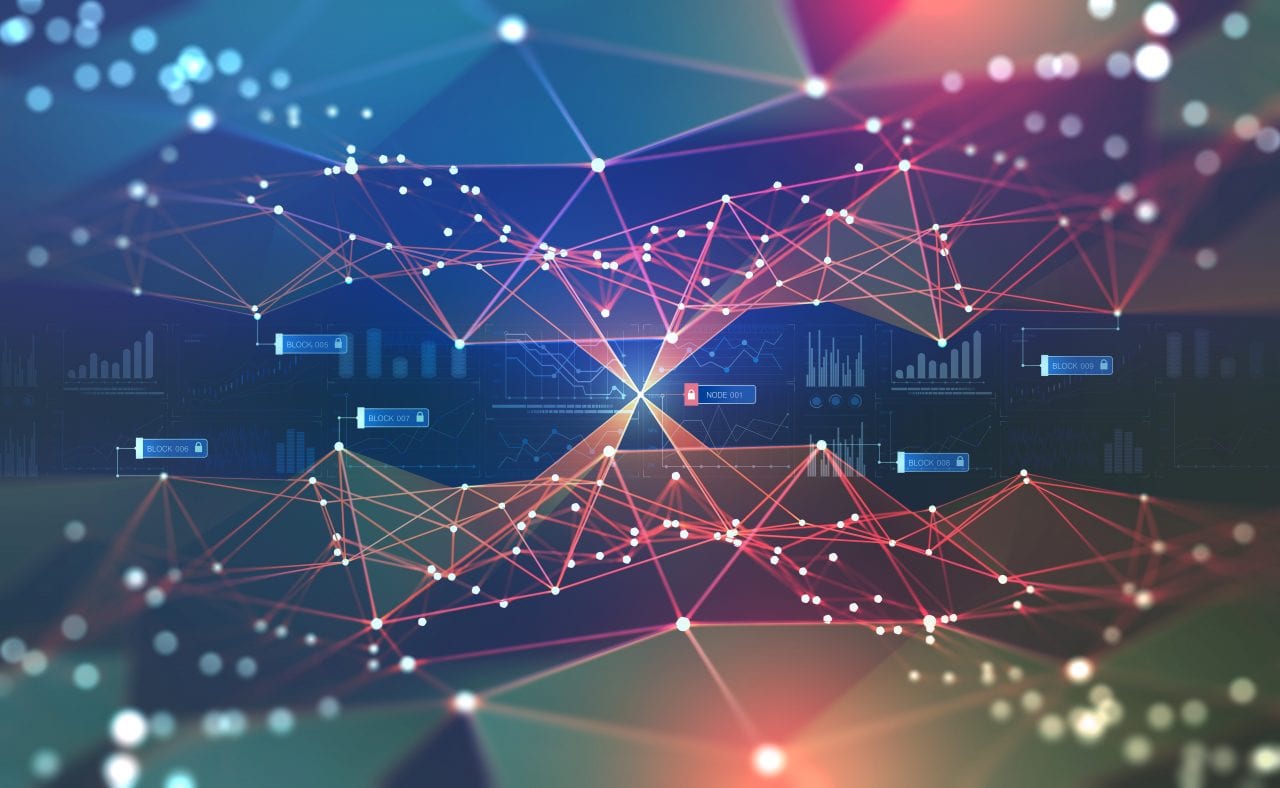The POWER Interview: Protection Testing Paradigm—How Utilities Can Adapt to the Digital Era

The digital transformation in the power generation industry touches several areas, encompassing engineering, monitoring and control, asset performance, and operations optimization, among others. Power plant operators know the digital era has been a perfect fit for their industry, enabling digitization to reduce risk, save costs, optimize performance, and speed crisis response.
Doble Engineering is a company at the forefront of the digital age in power generation, enabling utilities and power plant operators to understand asset health through the group's diagnostic test equipment, software, and services for the electric power industry.
Ed Khan, director of Protection Training at Doble Engineering, provided POWER with insight into the ways digitization has changed the power industry. Khan and Doble continue to research and develop ways digital-based applications can serve electricity producers moving forward, at a time of rapid change in the power sector, particularly when it comes to protecting assets and operations.
POWER: Which industry trends or changes should be most top of mind for power and utility companies today?
Khan: The power industry is in the middle of a fundamental transformation. Rapid developments in clean energy, investments in advanced technologies, rise in decentralized systems and heightened cybersecurity threats are creating sizable challenges in the power grid, forcing the industry to digitalize. However, recent data shows over half of utilities are struggling to adapt to this digital transformation.
To avoid disruption and prepare for the future, utilities need to keep a pulse on the growing trends that will impact operations. There are four key trends that play a major role in the current industry evolution and will impact the day-to-day activities of utilities. These are the rise of renewable energy, increase in cybersecurity concerns, growing skills gaps and shifting regulatory standards.
 Ed Khan is director of Protection Training at Doble Engineering.
Ed Khan is director of Protection Training at Doble Engineering.POWER: How are those shifts impacting protection testing specifically?
Khan: The shifts taking place in the larger power industry have a direct impact on protection systems and protection testing strategies. Wind and solar power energy introduce new fault characteristics that disrupt traditional protection system testing methodologies and require new approaches and standards. Specifically, converter-based wind generators can cause levels of short-circuit current that make it difficult to achieve a time-based coordination protection scheme.
Cybersecurity is one of protection testing's most urgent priorities and the increasing rate and sophistication level of cyberattacks remains a critical risk for digital protective relays. Utility and industrial companies are progressively adopting intelligent electronic devices (IEDs) and modern protective relays-i.e., cyber assets-that require enhanced testing and security measures. However, periodic testing can heighten the risk of malware accidentally entering the substation network. Protecting these digital infrastructures and transient cyber assets against coordinated cyberthreats calls for new preventative measures, tools and training.
Since relay records and data are often stored in various systems and formats, maintaining compliance with NERC Protection and Control (PRC) standards can be especially difficult for utility protection systems. Standards such as PRC-027-1, which recently went into effect, addresses protection system mis-operations and seeks consistency in relay setting calculations and communication. This requires teams to produce reports, pull settings data and individually document and validate protection schemes across all bulk electric system (BES) facilities-a process that can be incredibly time-consuming and susceptible to error.
All these shifts demand specific upskilling and training on protection system theory, applications and testing concepts. Accommodating inverter-based renewables, increased cybersecurity measures, and other initiatives require an understanding of substation automation and new protection engineering technologies. Additionally, digital substations which are based on the IEC 61850 standard, present new conditions that engineers must interpret to configure protection schemes over Ethernet networks. Addressing these newer concepts will be vital to mainlining adequate protection system testing.
POWER: What can companies do to overcome these challenges?
Khan: Organizations need to act now to overcome the challenges these changes present to protection testing and utility operations. Some actionable steps organizations can take are to boost cybersecurity defenses, automate compliance and data management processes when available, and proactively prepare their workforce.
While plenty of utilities have increased security budget in response to more threats, doubling down on security fundamentals can have a large impact. Increasing password difficulty and implementing multi-factor authentication (MFA) can avoid password compromission, which contributes to 80% of hacking-related breaches. Investing in technology that performs automatic patching updates on software and configures control to transient cyberdevices can also greatly reduce risk.
Managing diverse protection system test equipment, applications, configurations and data formats can burden utility teams when it comes to ensuring test reliability and regulatory compliance. Tapping automation software can streamline compliance processes and improve maintenance monitoring across assets. The right tools can provide more clarity for administrators by integrating with different systems and automating information sharing. Adopting technology that automates different compliance data, verifications and documentation can make meeting complicated requirements like PRC-027-1 simple and offer teams more time to focus on priorities.
Preparing the protection testing workforce requires strong holistic and technical programs that consider traditional protection concepts, increased government regulations and rapid relay protection testing innovations that will carry into the future. Training programs should provide a foundation of basic electric theory, principles of both electromechanical and microprocessor relays, new and old technologies, evolving implementation strategies and training specific to substation network concepts and communication protocols.
POWER: As we look ahead to 2022, what are the biggest workforce skills gaps the industry faces and how can the industry close them?
Khan: The industry needs to overcome two critical skills gaps to ensure the reliability of the power grid. As utilities continue to invest in new technologies to support clean energy goals and increased power demands, they'll need workers equipped with AI and digital skills to build out their digital infrastructure. But recent studies show that workers lack the proper skills when it comes to digital literacy and AI and only 23% of organizations say that data analytics and data science roles exist internally. Utilities need to understand how these technologies function in order to effectively implement and maintain digital substations and IEDs.
However, there's also a growing need for incoming workers and engineers to master traditional types of relays and more manual aspects of the grid. While the industry is entering a new era of digital protection schemes, microprocessor-based and electromechanical relay systems still have a significant presence. But as the workforce continues to age out, the industry risks losing a generation's worth of technical grid and relay expertise.
Embracing digital technologies and maintaining a manual understanding of the power grid will be crucial to address urgent issues down the line. Invest in holistic training programs that provide education on data science, interpretation and analytics as well as foundational philosophies and technical practices. Encouraging mentorships among incoming staff and experienced engineers can also help preserve traditional power engineering knowledge that can get lost as employees retire. These close relationships can help new workers sharpen technical skills, understand deeper context and use insights gleaned from technology to solve problems and deliver value.
POWER: What role does technology play in preparing teams for the future?
Khan: New technologies are developing quickly and implementing emerging digital technologies will be pivotal to increase grid reliability and performance in the face of the industry's changing needs. But utility leaders need to be careful to avoid pushing the limits of their workforce's experience. Organizations need to embrace versatile technology platforms that can work with various current and future equipment and systems.
Adaptable technology platforms are especially important in protection testing where utilities use a variety of different test sets and software to address a wide range of conventional relays. Despite the new digital era, analog testing still holds strong and much of the workforce lacks skills in network and digital typology. The possibility of facing conventional or digital applications leads many utilities to adopt a mix of disparate instruments and procedures that creates complications. When teams can configure tools to fit different testing environments and update with new hardware and software, they can bridge these knowledge and technology gaps incrementally and minimize disruption.
The industry is rapidly modernizing. Utilities equipped with the right resources that can adapt to evolving situations and technological developments will successfully and sustainably navigate the challenges of tomorrow.
-Darrell Proctor is a senior associate editor for POWER (@POWERmagazine).
The post The POWER Interview: Protection Testing Paradigm-How Utilities Can Adapt to the Digital Era appeared first on POWER Magazine.